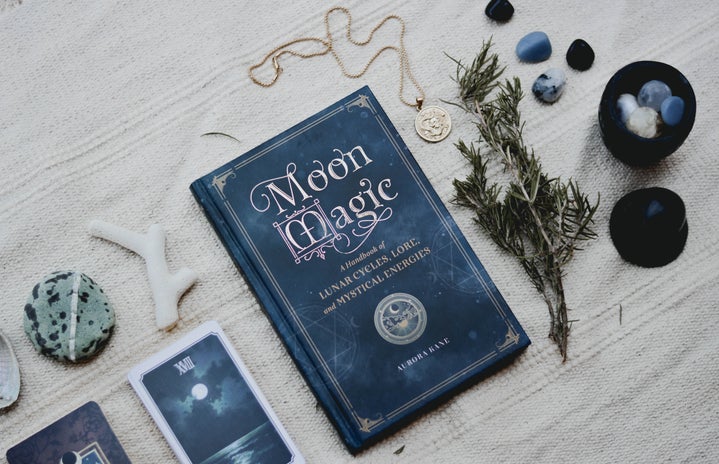“We are the granddaughters of the witches you weren’t able to burn.”
In modern times, the meaning of the word ‘witch’ has changed significantly from what it meant centuries ago. In a time before our own, the word would be used to describe an older woman practising black magic and witchcraft with links to Satanic (or similar) spirits.
Through studying folk etymologies, we can confidently say that the connotation behind it still stays the same: witches are linked heavily to nature, healing and spirituality, although now this is seen as a positive, rather than something to burn at the stake and chase with a pitchfork.
There are a variety of different types of contemporary witches, and the rigid definition is interchangeable. But this article will break-down some of the practices that are associated with witchcraft, and can identify you as a witch.
Divine Feminine:
This is a concept cemented in spirituality with very loose definitions. It can be seen as the feature of the self that is associated with sensuality, creation and intuition. You express your Divine Feminine by honouring emotions, loving your body and voicing your inner wisdom. It’s also linked to working with sex magick and cycles of the moon. This is really a beautiful, spiritual aspect of modern day witchcraft. Some practices even include working with menstruation blood, but this is of course optional.
Sacred Space:
A very important part of witchcraft includes cultivating a sacred space to connect with spirituality. Anything from crystals, candles, natural herbs such as sage to burn, and flowers can be used. Keeping a cup or container of water is also essential. Some of the more hardcore witches will keep a pentacle, a wand, an athame, a chalice and such in this sacred space too, but all of this is optional, of course. Some witches use sacred spaces for casting spells, but others simply use this as a sort of meditation altar.
Magick (with a k, yes):
This is probably the most taboo aspect of witchcraft, but what many don’t realise is that tarot reading, energy healing and rituals to find empowerment are all also forms of witchcraft and magick. Some of the heavier stuff would include vision quests, spells and invocations. Practising is key to getting these perfect.
There are countless ways to categorise and interpret the modern witch. You can identify as one simply for believing the law of attraction, manifesting and the healing properties of crystals. Being a witch plainly means existing in this world powerfully, consciously and unapologetically. The word ‘witch’ breaking the mould and redefined and reshaped in a positive light is a beautiful thing.
So don’t forget:
Double, double toil and trouble. Fire burn and caldron bubble.
Stay in your magic, my witchy friends!



